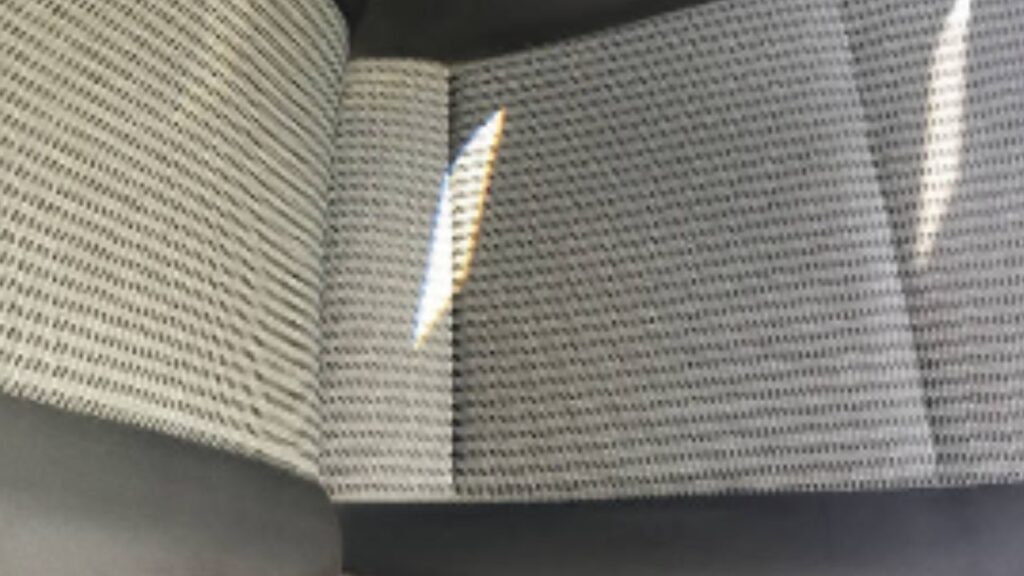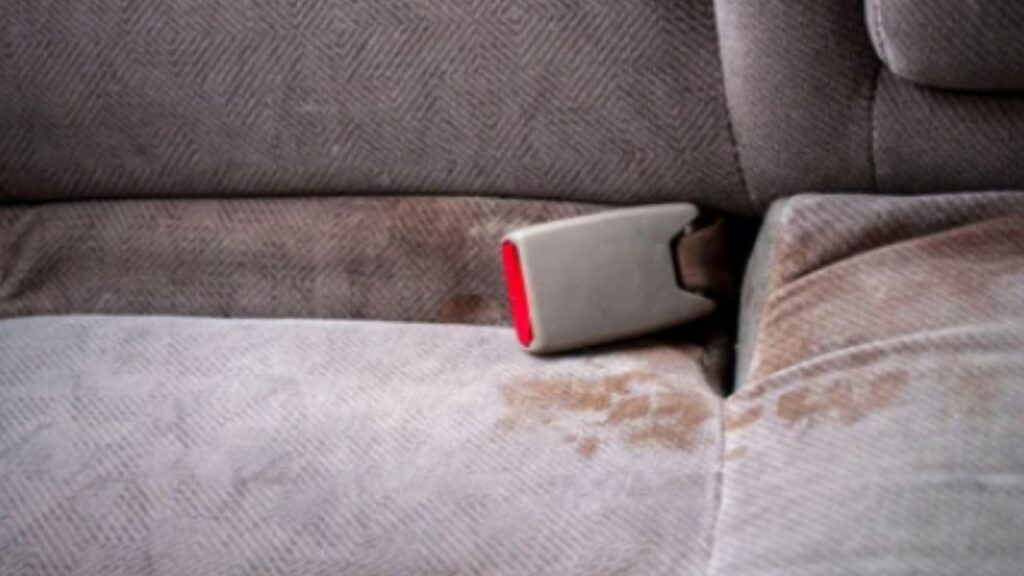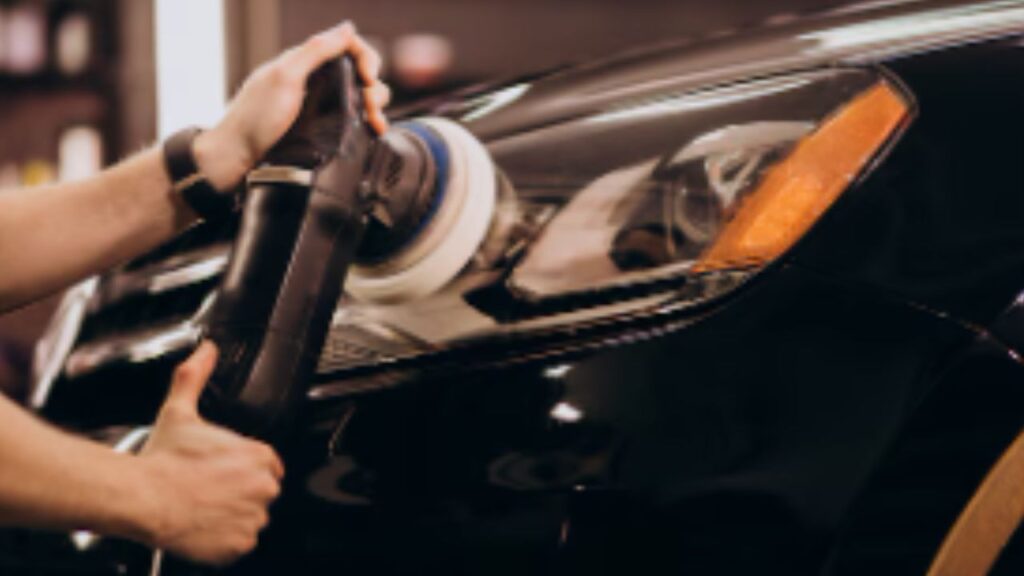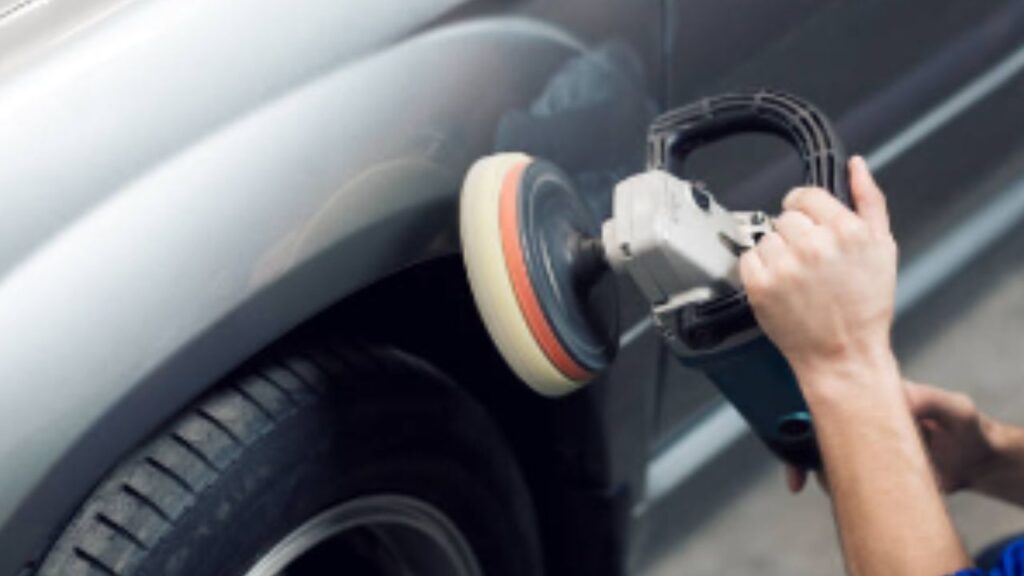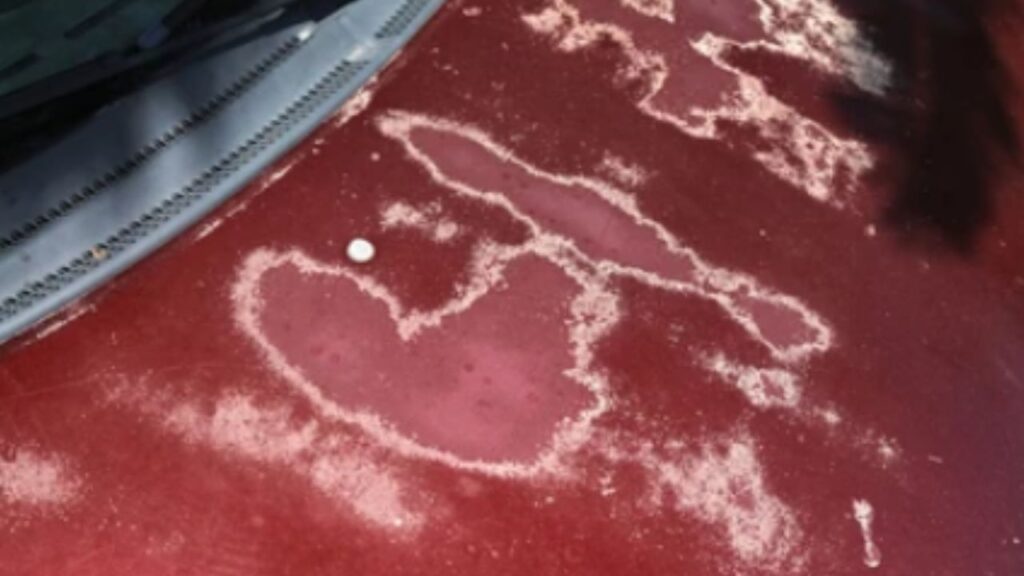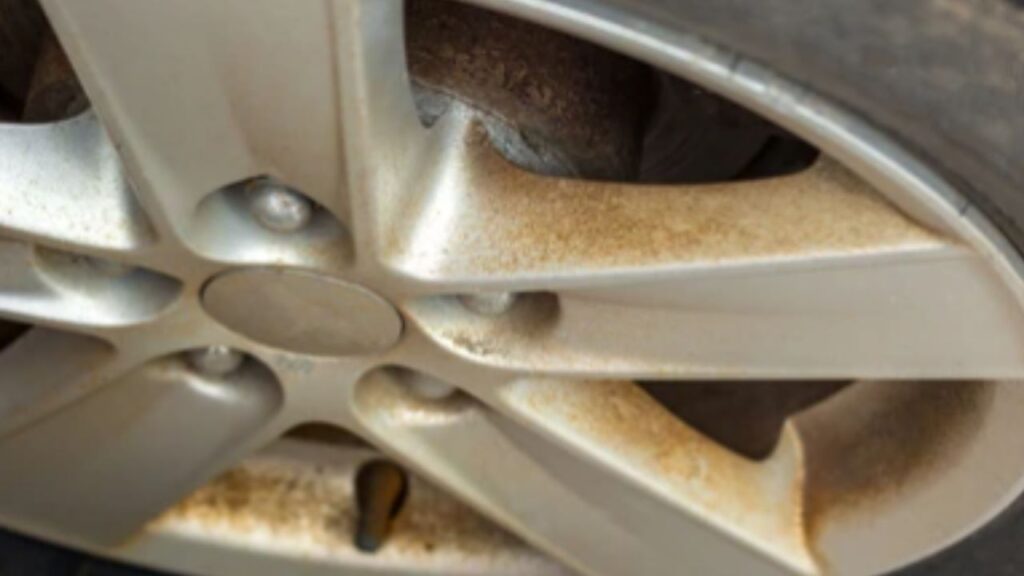Keeping your car looking new can be tough, but paint protection film (PPF) can help. PPF is a clear layer that goes on your car’s exterior to protect it from scratches, chips, and other damage. This article explains the cost of paint protection film so you can know what to expect if you are thinking about getting it. As more car enthusiasts choose PPF, it’s important to understand the factors that affect its price, such as the type of film and the way it’s installed. By the end of this guide, you will have a complete understanding of whether paint protection film is worth the cost for your vehicle.
Table of Contents
ToggleWhat is Paint Protection Film?
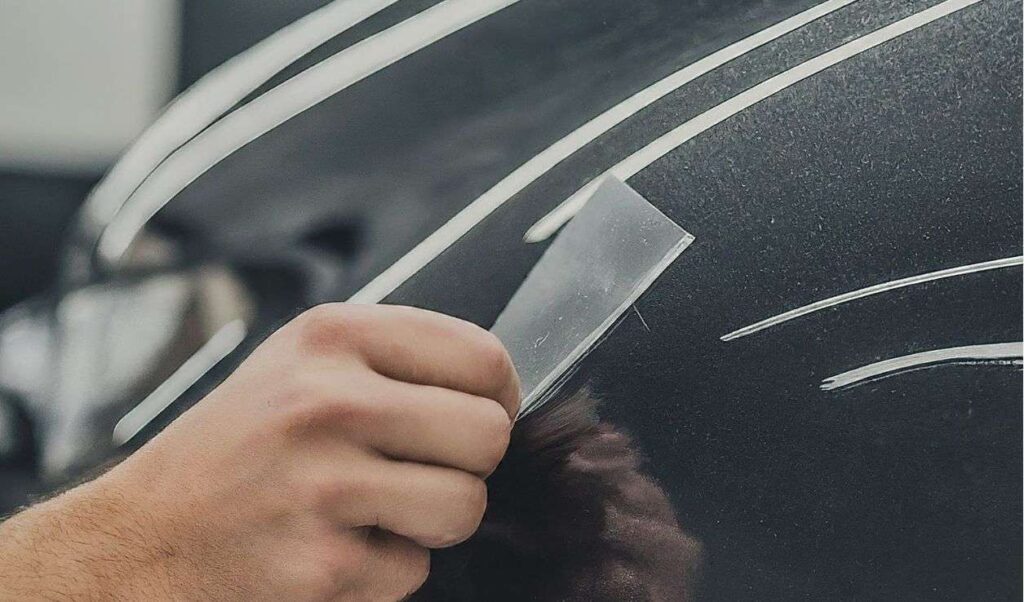
Paint protection film (PPF) is like a clear, tough shield that you put on your car’s paint to keep it looking new. It’s made from a special material that can actually heal itself from small scratches.
This idea was first used by the military to protect helicopter blades. But now, it’s used a lot on cars to protect them from getting scratched or chipped by rocks and other things.
There are a few different kinds of paint protection film. Some can fix themselves if they get scratched, and others make water and dirt slide right off so your car stays cleaner.
If you’re thinking about getting paint protection film for your car, it’s good to learn about the different types so you can pick the one that’s best for you.
Benefits of Paint Protection Film
Paint protection film (PPF) offers many advantages for car owners who want to keep their vehicle looking great and maintain its value:
- Protection Against Scratches and Chips: PPF shields your car from everyday hazards like debris, minor accidents, and weather that can cause scratches and chips in the paint. This helps keep your car looking new and reduces the need for frequent touch-ups.
- UV Protection: PPF blocks the sun’s harmful rays that can fade your car’s paint over time, helping it stay looking new for longer.
- Preserves Paint Color: PPF helps maintain your car’s original color by preventing oxidation and fading. This is especially beneficial for cars with vibrant or custom paint jobs.
- Easy Maintenance: Cars with PPF are easier to clean. The film repels dirt and grime, making it easier to wash off. Some PPFs can even heal minor scratches when heat is applied, keeping your car looking fresh with less effort.
- Increases Resale Value: A well-maintained exterior can boost your car’s resale value. Buyers often prefer cars protected with PPF because they know the paint is less likely to be damaged.
These benefits make paint protection film a smart investment for anyone who wants to preserve their vehicle’s appearance, reduce maintenance costs, and protect its value over time.”
Factors Affecting the Cost of Paint Protection Film
The price of putting a special clear shield, called paint protection film (PPF), on your car can change a lot. Here are the main things that affect how much it costs:
1. Type and Quality of the Film:
There are different kinds of PPF. Some have special features like being able to fix small scratches by themselves or making water slide right off. These fancy types usually cost more. Also, well-known brands might be pricier because they’re trusted to be good quality.
2. Size and Type of Vehicle:
Bigger cars like SUVs and trucks need more film to cover them, so it costs more. Cars with lots of curves and unique shapes can also be trickier to put the film on, which can add to the price.
3. Installation Process:
You can hire a professional to put the PPF on, which is usually more expensive, but they do a great job and might offer a warranty. Or, you can do it yourself with a kit, which is cheaper but harder to do correctly.
4. Geographic Location:
If you live in a big city, PPF might be more expensive because more people want it, and things generally cost more there. In more rural areas, it could be cheaper, but there might be fewer places that put it on.
5. Coverage Area:
You can cover your whole car, which costs the most but gives the best protection. Or, you can just cover the front, the hood, or other areas that get hit by rocks and stuff more often, which is cheaper but doesn’t protect as much.
If you think about all these things, you’ll be able to figure out how much PPF might cost for your car. That way, you can pick the option that works best for you and your budget.
Average Costs of Paint Protection Film
Understanding the costs of paint protection film (PPF) can help you plan your budget. Here’s a breakdown of typical expenses for different aspects of PPF:
- Cost Breakdown by Vehicle Size:
- Small Cars: Partial PPF coverage (like the front end) costs $500 to $1,500. Full-body coverage ranges from $2,000 to $4,000.
- Sedans and Mid-Sized Vehicles: Partial coverage is about $750 to $2,000, while full-body can be $2,500 to $5,000.
- Large Vehicles (SUVs, Trucks): Partial coverage costs $1,000 to $2,500, and full-body ranges from $3,500 to $7,000 due to their size.
- DIY vs. Professional Installation:
- DIY Kits: Costs $100 to $500, but it requires skill. Mistakes may add to costs.
- Professional Installation: Costs $1,000 to $6,000, ensuring quality with a warranty.
- Comparison of PPF Brands:
- 3M: Prices range from $1,500 to $4,500 for professional installation.
- XPEL: Costs $2,000 to $5,000.
- SunTek: Prices typically range from $1,200 to $4,000.
These estimates give you an idea of PPF costs. Get quotes from installers to find the best option for your needs.
Is Paint Protection Film Worth the Investment?
Investing in paint protection film (PPF) can be a significant expense, so it’s essential to weigh the costs against the benefits to determine if it’s worth it for your vehicle. Here’s a detailed cost vs. benefits analysis:
1. Cost vs. Benefits Analysis:
- Initial Cost: The initial cost of PPF can be high, especially for professional installation and high-quality films. However, this upfront expense can be offset by the long-term benefits.
- Maintenance Savings: PPF reduces the need for frequent paint repairs and touch-ups, saving you money on maintenance over time. Minor scratches and chips that would typically require costly repairs are prevented by the protective film.
- Longevity: High-quality PPF can last up to 10 years or more with proper care, providing long-term protection and value for your investment.
2. Long-Term Savings on Paint Repairs:
- Prevention of Damage: By protecting your car from scratches, chips, and other damage, PPF minimizes the need for expensive paint repairs. Over the lifespan of the film, these savings can add up significantly.
- Resale Value: A well-maintained exterior enhances your car’s resale value. Prospective buyers are often willing to pay more for a vehicle that has been protected with PPF, knowing it is less likely to have paint damage.
3. Resale Value Considerations:
- Enhanced Appearance: A car with pristine paint and no visible damage is more attractive to buyers, increasing its market value. PPF helps maintain this appearance, making your car stand out in the resale market.
- Buyer Confidence: Buyers are reassured by the presence of PPF, as it indicates that the vehicle has been well cared for and protected from common hazards.
4. Other Benefits:
- Aesthetic Appeal: PPF keeps your car looking new and shiny, preserving its aesthetic appeal over time.
- Ease of Cleaning: The film’s hydrophobic properties make it easier to clean and maintain, reducing the time and effort required to keep your car looking its best.
While the initial investment in PPF can be substantial, the long-term savings on maintenance and the enhanced resale value can make it a worthwhile investment for many car owners. By protecting your vehicle’s paint and maintaining its appearance, PPF offers significant benefits that can justify the cost.
How to Choose the Right Paint Protection Film
Choosing the right paint protection film (PPF) is important to protect your car well. Here’s what you should think about:
Factors to Consider:
Good Brands: Pick well-known brands like 3M, XPEL, or SunTek. They make good quality PPF that you can trust.
Warranty: Check if the company that makes the PPF and the person who puts it on your car offer a warranty. This will protect you if something goes wrong with the film.
Thickness: Thicker PPF is usually stronger and protects better, but it might be harder to put on the car.
Special Features: Some PPF can fix small scratches by itself, make water slide off, or block the sun’s rays. These special features can be helpful.
Reviews: Read what other people say about the PPF online and ask friends or car experts what they think.
Tips for Selecting a Professional Installer:
Experience: Find someone who has done this many times before. They’ll do a better job.
Photos of their work: Ask them to show you pictures of other cars they’ve put PPF on. This will show you how good they are.
Training: Some companies that make PPF train people how to put it on correctly. It’s good to choose someone who has been trained.
Reviews: Check online to see what other people say about the person or company that will put on the PPF.
Talk to them: Have a conversation with a few different people who put on PPF. Ask them questions and get price estimates so you can choose the best one.
By following these tips, you’ll be able to find the best PPF and the right person to put it on your car. This will make sure your car stays protected and looking great for a long time.
Conclusion
Paint protection film (PPF) is like a shield for your car’s paint. It keeps it looking new by protecting it from scratches, chips, and the sun’s rays. It also makes your car easier to clean.
While PPF can be expensive to put on, it can save you money in the long run. You won’t have to pay as much to fix your car’s paint because it will be protected from damage. And when you want to sell your car, it will be worth more because the paint will look great.
When choosing PPF, it’s important to pick a good brand and have it installed by someone who knows what they’re doing. This will ensure that you get the best protection for your car.
All in all, PPF is a smart investment for anyone who wants to keep their car looking its best and maintain its value over time.


